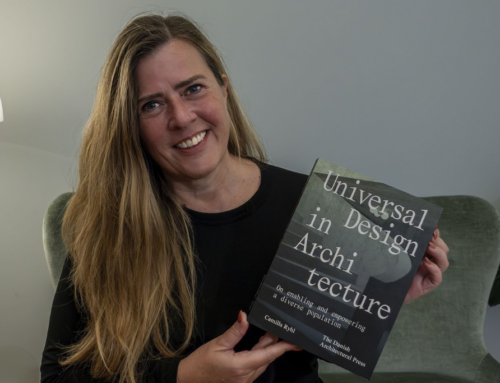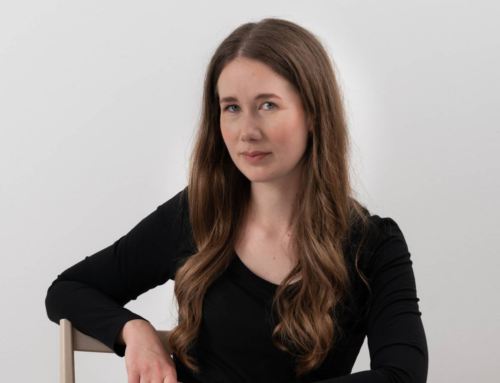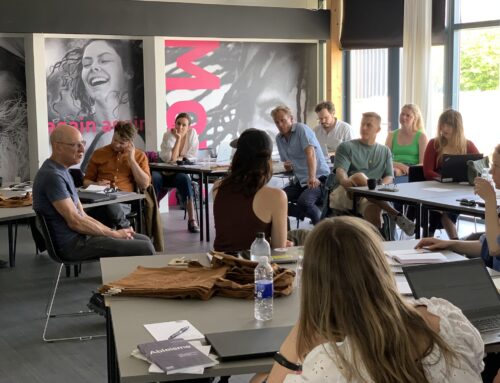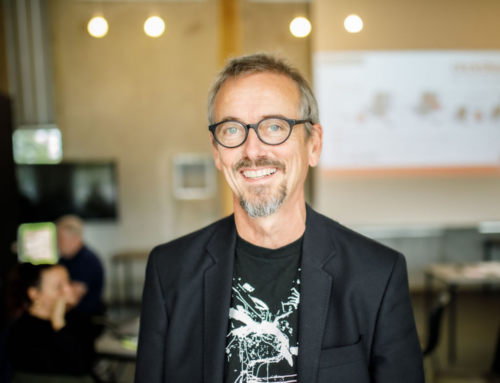
Inclusion in the labour market requires knowledge, access, and self-confidence
If more people with disabilities are to find employment, more collaboration is needed between job centres, employers, and jobseekers. Among other things, a lack of knowledge and accessibility pose significant barriers, according to a researcher and author of a new book on the subject.
by Nanna Stærmose. The article is published on 16/11/2021.
If more people with disabilities are to begin their day wishing their colleagues a good morning, one researcher argues that job centres, employers and jobseekers all need to make a greater effort. With respect to individuals, this could entail challenging their personal obstacles, e.g., in relation to having confidence in their own abilities, while for employers, the issue is often a lack of knowledge and that the physical workplace is not suited for people with disabilities.
“In our surveys, around half of employers acknowledge that their workplaces are not accessible or lack job functions for a wheelchair user,” said Thomas Bredgaard, professor at Aalborg University.
Last year, he published the book Handicap og Beskæftigelse – fra Barrierer til Broer (Disability and Employment – from Barriers to Bridges), in which he and his fellow researchers describe three factors that impact whether someone with a disability – in this case people with physical disabilities – gets access to a job.
“One factor is the individual’s own approach to it. For example, some people have very low self-confidence or lack education. These personal obstacles have a great influence on the individual’s chances of getting a job,” said Bredgaard.
The second factor is the employers. In addition to issues with the physical working environment, there is also a scepticism among employers when it comes to hiring people with disabilities. Finally, there’s the third factor, namely the job centres, which Bredgaard believes are not good enough at establishing contact between people with disabilities and workplaces.
According to estimates from VIVE, around 20 percent of people in Denmark have a disability or long-term health issue. Out of those 20 percent, only half are employed. Around 40 percent have a job on ordinary terms, while approximately 10 percent are employed on flexible employment terms or the like. In his book, Bredgaard offers possible solutions for making the labour market more inclusive.
“We know from research that the more education these people have, the greater their chances are of also having a job. We could therefore start by offering education and upskilling, as well as programmes that can give individuals a self-confidence boost and belief in their own skills, which we know is a factor for many people in this group,” he said.
Another focus area could be with employers, as even though there is a degree of scepticism among employers – and in some cases also discrimination – that’s not exclusively the problem, according to Bredgaard.
“Of course, there are instances of discrimination, but a lot of employers actually want to hire employees with disabilities,” he said.
Most employers have a positive view of hiring people with disabilities
In their study, Bredgaard and his colleagues divided employers into categories. Approximately one-fourth ended up in the category ‘Committed employers’ – i.e., those who would be happy to hire people with disabilities and who also already have employees with disabilities. Another fourth ended up in the category ‘Dismissive employers’ – i.e., those who deliberately disqualify applicants with disabilities.
Yet the majority – around half of employers – were so-called ‘Passive employers’, who had a positive attitude about hiring people with disabilities even though they had not yet done so. It is in that third group that there is considerable potential, according to Bredgaard.
“If we try to look into why they do not have any employees with disabilities and understand the barriers they face, it will give us an opportunity to contribute knowledge and guidance to help them become committed employers,” he said.
And that’s where job centres come into play. Bredgaard argues that among other things, they need to become better at providing guidance and information to companies on having employees with special needs. In that respect, universal design could be a means of making employers see accessibility in the form of lifts, space for wheelchair users or improved acoustics for someone with a hearing impairment, etc., from a bigger perspective.
“The idea behind universal design is of course that the solution shouldn’t just be aimed at a single group or person, but instead aimed at ensuring a broader group benefit from the measure. In the long run, this could give employers a greater diversity in their staff pool, which in turn could help attract good employees,” he said.
The first step, however, is to eliminate the obstacles and improve the interaction between jobseekers, employers, and job centres.
“We need to create a better match between the job-seeker and labour market, which requires a good exchange of information; the person with a disability needs to be open about their needs, but the employer also needs to be well-informed about support and compensation schemes. That’s the knowledge we need to start getting out there,” said Bredgaard.
If you want to read more about Thomas and his research, the following is recommended:
Read the book here: Handicap og beskæftigelse
Article in Alter: Attitudes and behaviour of employers to recruiting persons with disabilities
Article in Altinget: Forskere med fire anbefalinger til jobcentrene: Sådan får I borgere med handicap i job
Thomas Bredgaard
Labour market researcher and professor at Aalborg University’s Faculty of Social Sciences
Author of the book Fra Barrierer til Broer (‘From Barriers to Bridges’), which examines disability and employment.
Member of the Bevica Foundation’s research network
Read more research profiles




